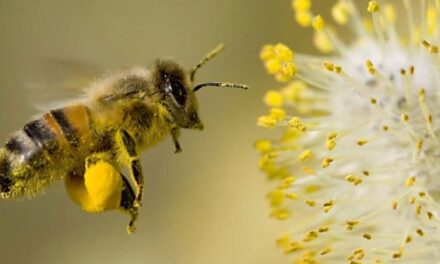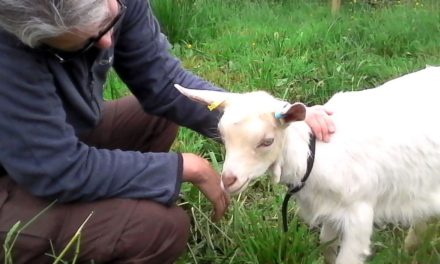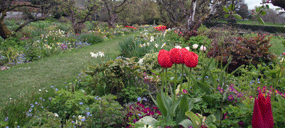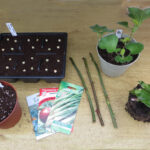Propagation: From Seeds, Cuttings and Division
On September 30th ODGC welcomed back Philip Aubury, former Director of Birmingham Botanic Garden, to give a practical demonstration.
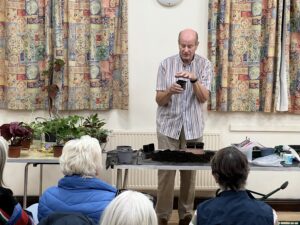
Seeds Philip advises looking out for F1 hybrids and seeds which have been awarded the RHS Award of Garden Merit (AGM). Using a fine compost the tray is filled and tapped down firmly. Half an inch of compost is sieved on top. Fine seeds, for example foxglove and begonia are surface sown, medium sized seeds like lettuce are covered with a light sprinkling of compost which he prefers to vermiculite. Large seeds are sown in 3 inch pots, six peas or two beans per pot. Containers are gently watered from above and placed in a propagator. After the first pair of true leaves develops seedlings are pricked out into cell trays, handling them by the seed leaves to avoid damage. They are planted so that the seed leaves rest on the compost surface.
Cuttings Philip uses a mix of ¾ multipurpose compost and ¼ sharp sand. Demonstrating with pelargoniums, tip cuttings are detached just below a node (nodal cuttings), stripped of all but two or three leaves and dipped into rooting powder before being inserted around the edge of a small pot. They are watered and covered to reduce transpiration. Internodal cuttings, cut midway between two nodes, work better for fuchsias, clematis and hydrangeas.
Begonias and African violets are propagated by leaf cuttings. A begonia leaf is detached cleanly, the veins on the underside are cut through and the leaf is laid flat in a seed tray of compost topped with horticultural grit and weighed down lightly. Plantlets will develop from the cut veins. African violets are propagated by detaching a leaf cleanly from the base with one inch of stem, dipped in rooting powder and inserted into pots.
Hardwood cuttings, usually taken in autumn, useful for many shrubs including Salix, Cornus and roses are taken by selecting 12 inch long pencil thick stems cut below a node and inserted into tall narrow pots and left in a sheltered position outside
Division Useful for many herbaceous perennials. Philip advises dividing perennials grown on heavy soils in Spring and those on light soil in Autumn.
Like the best television chefs Philip brought ‘dishes’ prepared earlier to whet our appetites and inspire us, an economical way to increase stock for our gardens and our annual Plant Sale.
Ghislaine Arundale

